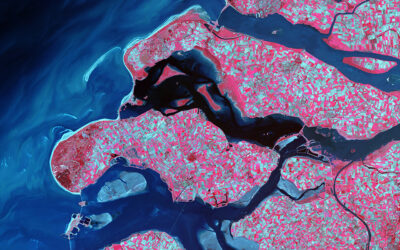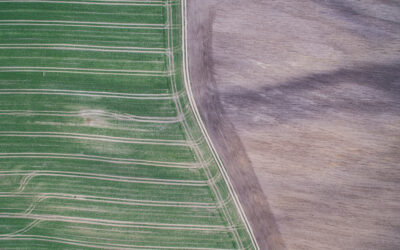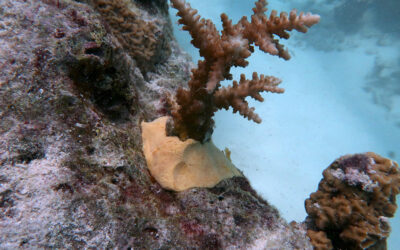In a warming world, water scarcity is a growing concern. Central Asia, in particular, is experiencing the largest decrease in inland water bodies due to climate change. This introduces major challenges for the region as it uniquely relies on inland water bodies for its primary source of water for all types of human consumption.
As studies in this region have typically focused on the tragedy of the Aral Sea, author Vadim Yapiyev and colleagues at Nazarbayev University, Kazakhstan bring attention instead to the hydrological cycle of the smaller closed lakes in Kazakhstan, which are very sensitive to climate change and anthropogenic influences. Their comprehensive review, recently published in WIREs Water, specifically discusses the small lakes within Burabay National Nature Park (BNNP), Northern Kazakhstan.
The park is located on the southern edge of Northern Eurasia where cold energy-limited boreal forests transcend into dry water-limited steppe. BNNP is a small ecozone consisting of closed lakes watersheds covered by mixed forests and grasslands. These endorheic lakes have been drying out during the last one hundred years or so with the water level decrease accelerated in the past few decades. According to historical observations, on the one hand precipitation amounts did not significantly change, while on the other hand, air temperature steadily increased. The authors concluded that lake level decrease is most probably caused by a water budget deficit, with evaporation exceeding the precipitation inputs in the long-term. The direct anthropogenic impact such as water abstraction plays a minor role in deterioration of water levels, with most significant impacts through localized land use changes such as road and building construction in the catchments.
BNNP lies on the southern extent of Scots Pine (Pinus Sylvestris) determined by high temperature and low precipitation so rising air temperatures threaten to destroy the ecosystem forming tree species in coming decades. The conditions of pine forests in Burabay National Nature Park can serve as an indicator of what will happen with coniferous forests in Siberia in coming warming decades. The future of the park’s sensitive ecosystems in a changing climate is uncertain; therefore, BNNP requires modern ecohydrological monitoring methods and analysis tools to improve our understanding of its hydrological cycle variability, and to enable us to develop adequate adaptation and mitigation measures.
















